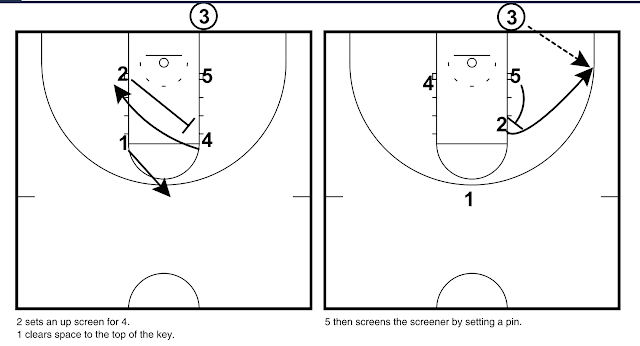We vilify officials who scream at coaches, but expect that coaches can excoriate referees.
Some coaches use defenders as human machetes, working on the theory, "they can't call everything, especially against us." Do you really believe that continual hacking is the way to play the game?
Players are not punching bags. Do we still do "hamburger drills?" Most of football has eliminated the Oklahoma Drill and Bull in the Ring.
Do we verbally assault players, call them worthless, challenge their manhood, or curse them because they don't perform to our flawed expectations? Do we use the bully pulpit or are we just bullies?
Vince Lombardi preached, "Winning isn't everything, it is the only thing." Coach Lombardi didn't coach "biddy ball" or middle schoolers. Do we need our team ranked in some mythical poll of ten-year olds? We have medication for that. Ego is the enemy.
Keep a list of questions available.
Humane coaching doesn't mean coaching soft. Operate at a high tempo. Teach. Set the bar high. Make players accountable. Praise the praiseworthy. Inspire.
We lost to the top team in our league last season. The girls said that the opposing parents told them they competed the hardest of any team they faced. That's gold.
Lagniappe: VDE. Vision, decision, execution. Didn't get to see Larry Bird play?
Do we verbally assault players, call them worthless, challenge their manhood, or curse them because they don't perform to our flawed expectations? Do we use the bully pulpit or are we just bullies?
Vince Lombardi preached, "Winning isn't everything, it is the only thing." Coach Lombardi didn't coach "biddy ball" or middle schoolers. Do we need our team ranked in some mythical poll of ten-year olds? We have medication for that. Ego is the enemy.
Keep a list of questions available.
Humane coaching doesn't mean coaching soft. Operate at a high tempo. Teach. Set the bar high. Make players accountable. Praise the praiseworthy. Inspire.
We lost to the top team in our league last season. The girls said that the opposing parents told them they competed the hardest of any team they faced. That's gold.
Lagniappe: VDE. Vision, decision, execution. Didn't get to see Larry Bird play?






















